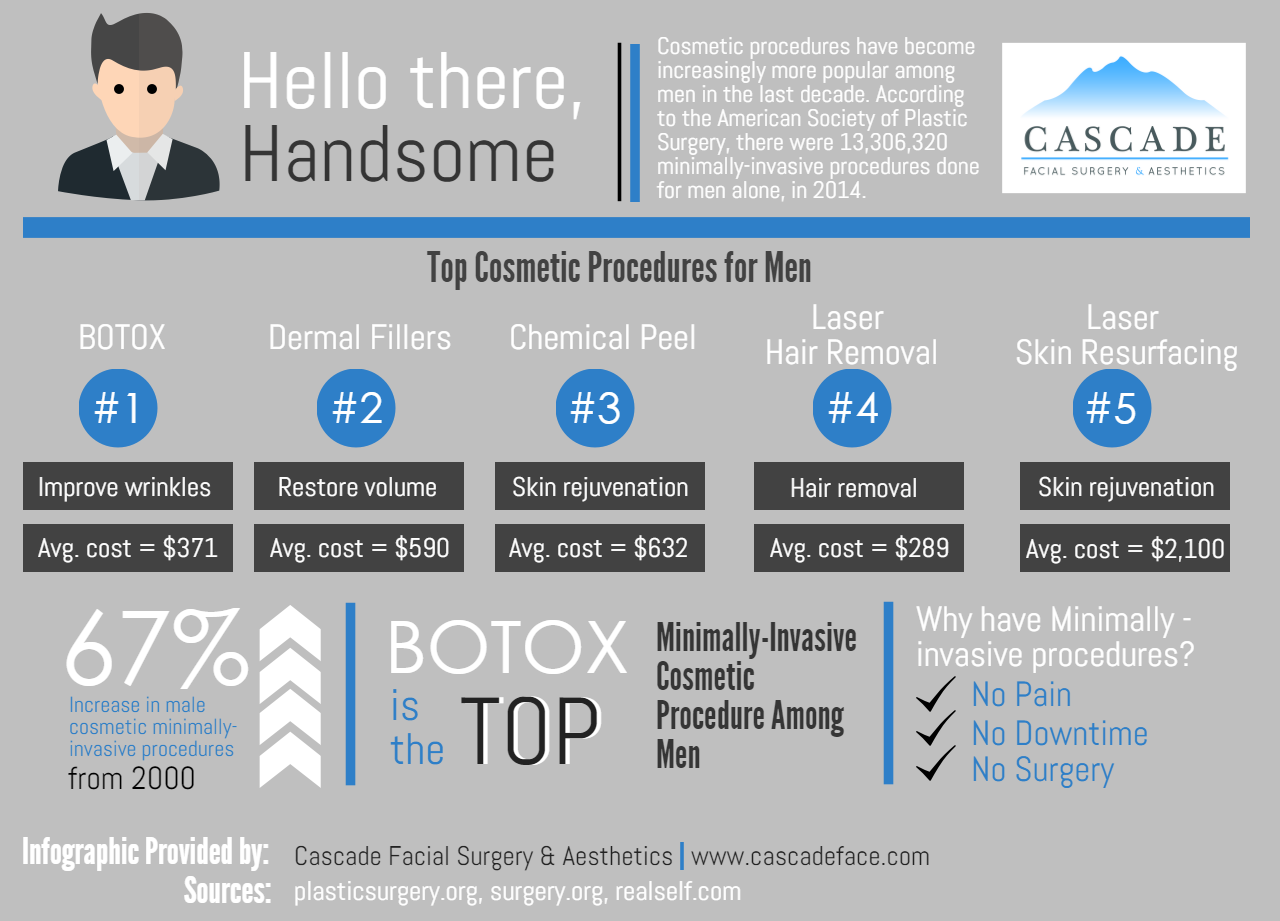How To Use Retinoids For Acne
How To Use Retinoids For Acne
Blog Article
Just How Does Photodynamic Treatment (PDT) Work?
Photodynamic therapy (PDT) integrates a light-sensitive medication with unique light to eliminate malignant and precancerous cells. Your doctor puts the medication on your skin or inside your eye and afterwards beams a light on the therapy location.
This combination kills cancerous cells and spares healthy tissue. Yale Medication pulmonologist George Eapen, M.D., describes exactly how this works.
The Photosensitizer
Photodynamic therapy (PDT) makes use of a mix of light and a medication called a photosensitizer to kill cancerous or precancerous cells and extra healthy and balanced cells. You get an injection of the photosensitizer, which is after that triggered by light in your body. The photosensitizer is taken in by both healthy and cancerous cells yet isn't hazardous up until it is activated by the light.
Light-absorbing particles, referred to as photosensitizers, are discovered in plants and animals, consisting of people. There are numerous photosensitizers, but the majority of have the ability to take in a particular range of light wavelengths.
As soon as the photosensitizer is subjected to a light with a matching spooky variety, it's converted from its ground state right into an ecstatic singlet state. This enables it to move energy to molecular oxygen, generating singlet oxygen and cost-free radicals that moderate cellular poisoning.
The Light
During treatment, an unique light is shined on the location where the photosensitizer was applied. This light triggers the medicine and ruins cancer cells or precancerous cells that it has targeted.
The medicines that are utilized in photodynamic therapy have various absorption residential properties and some of them might take hours to leave typical cells but stay longer in cancer cells or precancer cells. This process permits the physician to target cancer cells more exactly than other kinds of treatments that utilize visible light, such as lasers or electrocautery [54]
Photodynamic treatment can treat the earliest areas of sunlight damage called actinic keratosis and can reduce skin cancer cells development in individuals at high risk for establishing the condition. It is likewise an option for some individuals with damp type age-related macular deterioration, which is a typical source of loss of central vision in older grownups. It can not restore the loss of vision triggered by this condition, but it can reduce the progression of unusual blood vessel growth that creates wet AMD.
The Activation
Photodynamic therapy (PDT) uses a drug and light to deal with cancer and other skin disease. It targets precancerous cells and eliminates them. Unlike other cancer therapies that melt and ruin, this treatment eliminates precancerous cells while saving healthy tissue.
The photosensitizer is supplied right into the skin with topical, oral or intravenous management. It is taken in by the tumor cells and turned on when revealed to light of a particular wavelength. This triggers a series of photochemical responses that generates responsive oxygen types (ROS) that damage lump cells and kill cancer cells.
PDT is frequently utilized to treat actinic keratoses and sitting squamous cell carcinoma (Bowen disease). It can additionally be utilized to treat various other kinds of skin cancer cells, consisting of superficial basic cell carcinoma. It can be used alone or with various other treatments, such as surgery or radiation. It can also reduce growths in the lungs, permitting surgical procedure or other treatment best botox near me to be risk-free and effective.
The Therapy
PDT works best in little unusual areas of cells that a light can get to, such as the skin, eyes, mouth or food pipe (oesophagus) and lungs. It is likewise used to deal with precancerous growths, such as actinic keratoses, which are sun-damaged cells that can develop into cancer.
Medical professionals administer the photosensitizer as a lotion or injection, and afterwards radiate a light on the therapy location. The light destroys the irregular cells. While healthy cells soak up the photosensitizer, it stays much longer in cancerous cells.
After the treatment, your body naturally disposes of the dead cells. Clients with lung cancer cells may experience divulging blood or have a bronchoscopy to clear the lungs of the dead cells. In some cases, your medical professionals may utilize a bronchoscopy to get rid of the photosensitizer from the lungs also if it creates major signs and symptoms. It is essential to remain indoors and utilize sunscreen when you go outside while the photosensitizer is in your system.